EASY
Earn 100
In Young's double slit experiment, the separation between the slits is halved and the distance between the slits and screen is doubled. The fringe width will be
(a)halved
(b)doubled
(c)quadrupled
(d)unchanged
50% studentsanswered this correctly
Important Questions on Wave Optics
HARD
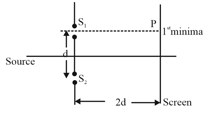
HARD
HARD
MEDIUM
MEDIUM
HARD
MEDIUM
EASY
EASY
MEDIUM

MEDIUM
Using monochromatic light of wavelength , an experimentalist sets up the Young's double slit experiment in three ways as shown.
If she observes that , the wavelength of light used is :
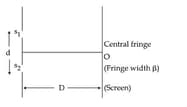
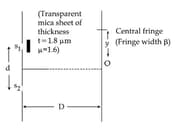
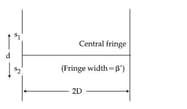
MEDIUM
A parallel beam of light is incident on a tank filled with water up to a height of as shown in the figure below. Ultrasonic waves of frequency are sent along the length of the water column using a transducer placed at the top, and they form longitudinal standing waves in the water. Which of the schematic plots below best describes the intensity distribution of the light as seen on the screen? Take the speed of sound in water to be .
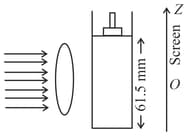
MEDIUM
EASY
HARD
HARD
MEDIUM
HARD
MEDIUM
MEDIUM

